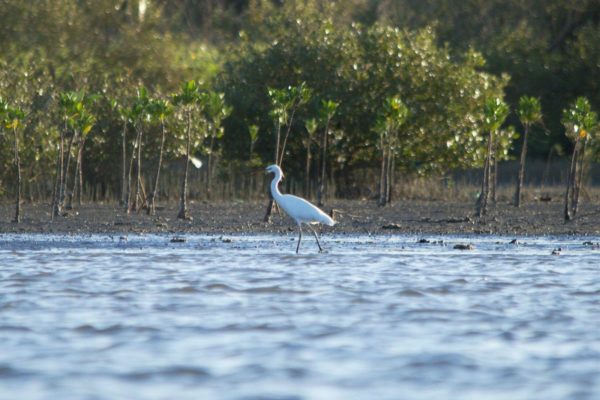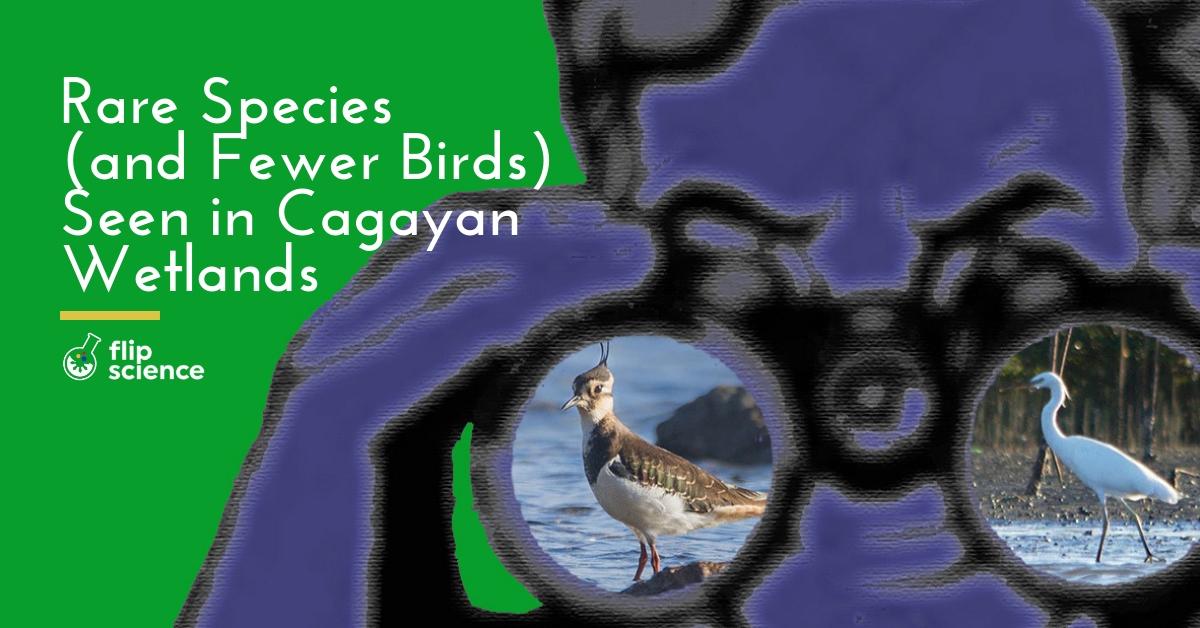•Each year, concerned organizations conduct the Asian Waterbird Census in Cagayan province, in line with a global monitoring program.
•The 2019 count saw 27 species of birds in the Buguey wetlands and 15 species in Palaui Island, including a few rare species.
•While the sightings increased in variety, they decreased in number.
The annual Asian Waterbird Census in Cagayan province is done, and the results are a mixed bag. While the number of species spotted increased this year, the number of birds decreased.
Waterbird watch
As part of a global initiative to monitor waterbird populations, the Department of Environment and Natural Resources-Community Environment and Natural Resources Office (DENR-CENRO) Aparri conducted the census this month, with assistance from Haribon Foundation.
Haribon wildlife biologist David Quimpo led members of Haribon in visiting the Buguey wetlands and Palaui Island in Cagayan province to count waterbirds and monitor the status and condition of the wetlands.
All in all, the census takers saw 27 species of birds in the Buguey wetlands and 15 species in Palaui Island. These include rarer species such as the Chinese Egret and the Northern Lapwing. However, the actual populations of waterbirds in both locations were lower compared to last year’s numbers.

Wake-up call
As part of the East Asian/Australasian Flyway, the Philippines receives thousands of migratory bird visitors every year from September to April. Escaping the chilly winter season of their northern habitats, these birds seek food and warmth elsewhere, flying long distances to find wetlands and other areas to hunt for food and rest. Waterbirds in particular are well-suited for wetland environments. Typically long-legged and long-beaked, waterbirds can easily wade in the water and feast on small aquatic creatures.

Haribon Foundation suggests that the Buguey wetland bird population decreased this year because of recent mangrove monocropping.
In preparation for World Wetlands Day (February 2), DENR-CENRO Aparri and Haribon are conducting education and information campaigns in the region. They also urge the public to play a more active role in wetland conservation.
Cover photo: 123RF.com; Joseph Senga; David Quimpo
References
- Official press release from Haribon Foundation
Author: Mikael Angelo Francisco
Bitten by the science writing bug, Mikael has years of writing and editorial experience under his belt. As the editor-in-chief of FlipScience, Mikael has sworn to help make science more fun and interesting for geeky readers and casual audiences alike.







